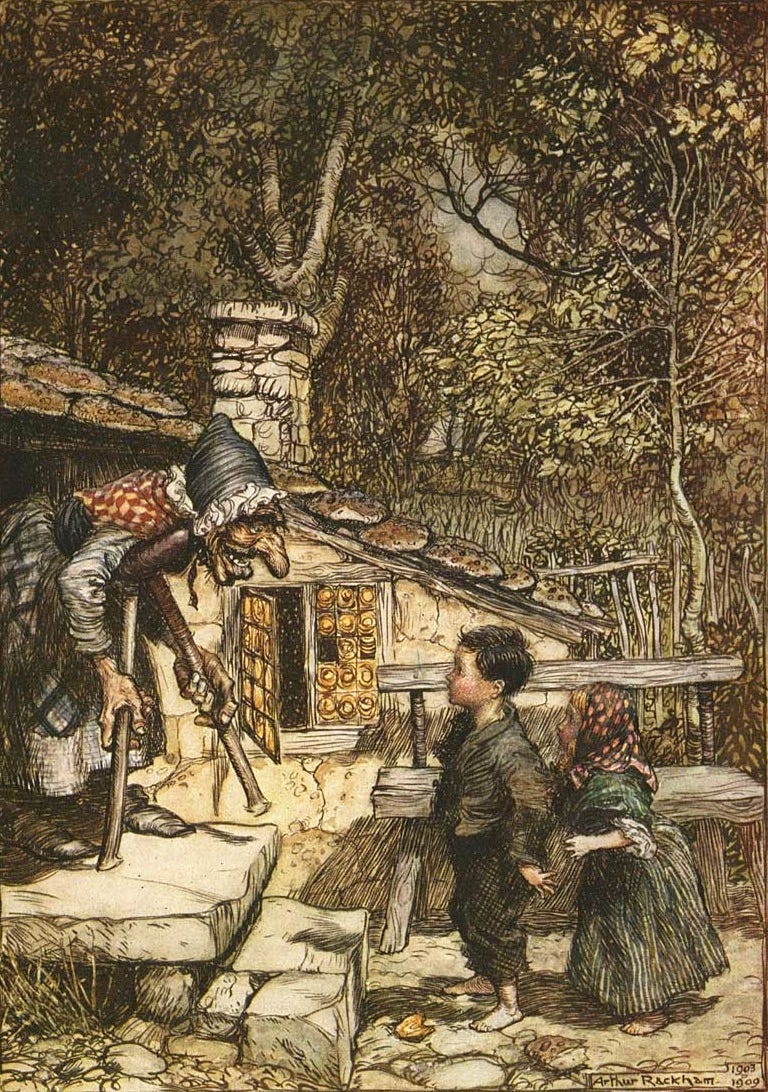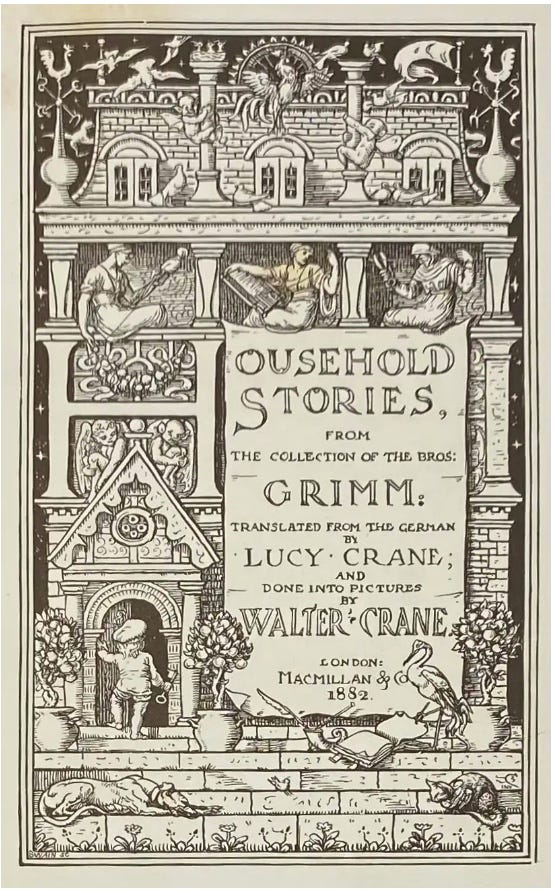The season of Halloween is upon us, as the widespread décor attests. Whether these decorations are “cutesy” depictions of ghosts and witches or, on the opposite side of the spectrum, garish and gory displays of mutilated bodies and monsters, both of these styles portray views of the spiritual that are prevalent in our culture. The first makes death and deformity seem cartoonish and laughable, while the other emphasizes it so tremendously that any reality therein is utterly distorted. This season seems to circle around darkness, yet both of these decorating approaches make a caricature of it. Each avoids facing death and dealing with it squarely, and the whole season easily becomes a distraction – a riot of costume and candy drowning out abiding truth. Memento Mori. Remember you must die. These words have historically been the hallmark of a grounded spirituality, yet currently, we are often as blind to their implications as the faceless skeletons whose plastic hands poke up from garden graves.
This time of year, I find myself reflecting upon the true nature of the subjects of the decorations I see in neighborhoods and stores. Would the person whose yard I’m looking at actually want the remains of a decayed body on display? Why do they pretend at it with plastic forms? What is a witch, and why are they everywhere? The old stories have much to say about such things. A medium speaks with Saul at Endor; skeletons coalesce before God clothes them with flesh in Ezekiel; demonic beasts devour flesh in Revelations; these all are contrasted with heavenly beings covered in eyes and wings surrounding God’s throne in Ezekiel and Revelations. Beyond the Scriptures, the fairytales feature witches, devils, goblins, and fantastical forms in ways that enable us to see their true character, and their implications within the broader frame of reality.
Nowadays, we have a culture that is no longer steeped in the old stories and does not have much room for the fantastical. Yet, we all possess an inherent desire for the spiritual, and the tacit understanding that it has the potential to break into our lives. The veil is thin. Perhaps that is why, around Halloween, Christmas, and Easter, our society has such a focus on fantastical creatures — ghosts and goblins, elves, and Easter Bunnies. But unlike Easter and Christmas, whose characters are relegated to the realm of childish pandering, Halloween and its dark accouterments are relished by adults. This is the one night that adults, in a particular way, can engage the spiritual with relish, and many do so. However, this engagement is channeled into commercial, costumed, or commodified forms.
Every year, front lawn statues become larger and more menacing; arguably, this is not driven by the visitors on Hallows Eve, but by some fascination on the part of adults. Yet, children still play a central role in this celebration. We find substantiation for these dark figures in the wide eyes and open bags of trick-or-treaters. The focal point of this season nowadays is a night that is directed towards children. Similarly, the focal point of the fairytales that feature these spiritual characters — angels and devils, witches and godmothers — is also children. Adults have always been the conduits for these stories, just as we are the curators of celebrations. Our celebrations and our stories are our means of passing down knowledge of reality, and this is an indispensable duty in our role as adults.
Yet, we are at a disadvantage. We don’t connect this dark spirituality with the true nature of reality, because we have lost the stories that provide a cohesive, narrative frame. Portraying these figures is a rightful part of our prerogative as adults. There is something about witches that conveys the true nature of human possessiveness, selfishness, power seeking, and the damaging and distorted results, in a way that nothing else can. These depictions are a necessary part of cultivating the morality and the imaginations of our children. Thus, we shouldn’t shy away from displaying them. But these images can’t speak if they are one-off fabric-clad plastic figures purchased in a big-box store. They must be set forth in the context of narrative — of meaning-making story — and only when we engage with them in this mode can we assume the full mantle of our mandate to bring up the next generation. I propose that a way toward recovering this truth-telling framework and re-engaging this aspect of forming ourselves and our children is, first and foremost, to be steeped in scripture, and second, to be steeped in the fairytales — particularly the Grimms.
The Grimm brothers were devout German Christians, collecting stories during a time permeated with a sacramental view of the Christian faith. The Grimms intentionally included selections that were informed by and nurtured a true vision of the Christ-filled world. So many of the fairytales they wrote down follow the archetypal narrative arc shown in scripture. They begin in a period of precious innocence; there is a fall as evil threatens the protagonist, and he or she comes to be enslaved or held in bondage. This produces a time of prolonged trial, which is ended by rescue and restoration, culminating in a wedding, feasting, or reconciliation that redeems the past and establishes a life of abundance. The following stories are just a small sampling of tales that follow this narrative arc:
Hansel and Gretel
Rapunzel
Cinderella
Jorinda and Joringel / The Enchanted Nightingale
Little Briar Rose / Sleeping Beauty
The Goose Girl
Snow White
These stories follow the arc of a life redeemed by Christ, and even more profoundly, they echo the path of God’s plan for all of creation: the redemption of all things, eternal union and feasting and joy. It is this story that all the others point to. Darkness has its day — we see this in scripture and in fairytales, in society and in the human heart — but light shines in the darkness, and the darkness cannot overcome it. We can look around and see darkness, but it is often a fake darkness, a fascination that will be dismantled and replaced with Christmas bulbs — the decor of the next commercial season. The real darkness does exist, and it wants to consume and destroy. This is the place of demons and the servants of darkness, of the skeletons they leave in their wake, but it is paltry compared to the preeminence of Christ. The dark things have a place in the story, but it is always a transitory place — a place that will be routed and redeemed. We have only to participate. These are the stories we need to tell; stories that invite our participation in the divine plan, stories that help us to glimpse the darkness and the light, and to champion the triumph of the light.






This was excellent, Emelie!
This is why All Saints’ Day follows Halloween. Unfortunately the second half of the story has been forgotten. Allhallowstide (and all the major feasts) is a retelling of that same Christian/scriptural pattern you mention. Even as the darkness grows, both in our society and in the solar cycle, All Saints and All Souls offer the hope of resurrection glory. The darkness is ultimately defeated by Christ and his Saints, his Hallowed Ones. “The light shines in the darkness, and the darkness has not overcome it.” Thank you for this reminder, Emelie!